Peerless started in Cincinnati in 1874 as a manufacturer of clothes wringers, clothespins and washboards. It was an immediate success, so much so that only fifteen years later it had grown to point where it needed larger facilities and access to shipping that Cincinnati at the time could not offer. Combining with the Mercantile Manufacturing Company in Cleveland, the new organization became the Peerless Manufacturing Company. Peerless was the world leader in laundry equipment, not only shipping its products from its new base in Cleveland but also licensing its designs and name to manufacturers outside North America. Only two years after moving to Cleveland, Peerless perceived new opportunities in bicycles and expanded into the booming field starting in 1891. Success followed but in 1900 it became obvious to the alert Peerless management, by then headed by Lewis H. Kittredge, that the boom in bicycles was over. The new opportunity was in automobiles. The man the agile managers at Peerless chose to realize it was Louis P. Mooers. Peerless licensed DeDion Bouton designs, building both tricycles and 4-wheeled motorettes with single cylinder DeDion engines. Mooers quickly moved beyond the lightweight DeDion machines, designing a vertical inline two-cylinder engine with the engine in front of the driver and rear wheel shaft drive. By 1904 Mooers had built a 60hp four-cylinder Peerless for competition by the company’s new driver, Eli “Barney” Oldfield. Called the “Peerless Green Dragon”, it would define Peerless’s reputation for high performance and quality in a series of barnstorming appearances which enhanced both the company’s reputation and Oldfield’s. Peerlesses also demonstrated their reliability in the early Glidden Tours, setting perfect scores in 1906, 1907 and 1908. In 1907 Peerless introduced its famous slogan, “All that the name implies”, and it worked assiduously at living up to it while pioneering thoughtful, inspirational, elegant advertising and client communication publications. In 1905, Louis Mooers and Barney Oldfield having decamped to the Moon company, Peerless hired Charles Schmidt from Packard, the designer of the famed Packard Gray Wolf racer. Schmidt moved Peerless into the realm of the six-cylinder engine in 1908, cautiously patterning it after the 30hp four designed by Louis Mooers in 1905. Both were 4 7/8” bore, 5 1/2” stroke engines with T-head valve placement although the six got dual coil and magneto ignition. The duality of components gave Peerless a way to achieve some economies of scale, particularly as its engines used cylinders cast in pairs which bolted to cast aluminum crankcases. The driveline consisted of three-speed manual transmission, shaft drive to the rear axles and rear wheel contracting band brakes. Suspension was by semi-elliptical leaf springs at the front. At the rear the Peerless used a platform rear suspension: longitudinal semi-elliptical leaf springs at each side which were secured to the frame at their forward extremities and shackled to the ends of a transverse leaf spring at the rear. Platform suspension was particularly popular among chassis designers in the early Teens although an appreciation of its perceived benefits have since been lost. Peerless offered two four-cylinder engines and one six-cylinder engine on three different wheelbase chassis. It made an appropriate combination of power and chassis available for the ten catalog bodies Peerless offered as well as meeting clients’ needs for appropriate chassis for the coachwork of their choice from one of the major coachbuilders who would create something completely unique. The Paine Collection’s 1910 Peerless is a Model 29, introduced in mid-1910 and continuing into 1911. Its engine is a 25hp four with 4” bore and 4 5/8” stroke on a 113” wheelbase. is custom bodied by one of the foremost names of the day, Brewster & Co. in New York City. The company traced its roots to James Brewster’s early nineteenth century coachbuildin
Peerless started in Cincinnati in 1874 as a manufacturer of clothes wringers, clothespins and washboards. It was an immediate success, so much so that only fifteen years later it had grown to point where it needed larger facilities and access to shipping that Cincinnati at the time could not offer. Combining with the Mercantile Manufacturing Company in Cleveland, the new organization became the Peerless Manufacturing Company. Peerless was the world leader in laundry equipment, not only shipping its products from its new base in Cleveland but also licensing its designs and name to manufacturers outside North America. Only two years after moving to Cleveland, Peerless perceived new opportunities in bicycles and expanded into the booming field starting in 1891. Success followed but in 1900 it became obvious to the alert Peerless management, by then headed by Lewis H. Kittredge, that the boom in bicycles was over. The new opportunity was in automobiles. The man the agile managers at Peerless chose to realize it was Louis P. Mooers. Peerless licensed DeDion Bouton designs, building both tricycles and 4-wheeled motorettes with single cylinder DeDion engines. Mooers quickly moved beyond the lightweight DeDion machines, designing a vertical inline two-cylinder engine with the engine in front of the driver and rear wheel shaft drive. By 1904 Mooers had built a 60hp four-cylinder Peerless for competition by the company’s new driver, Eli “Barney” Oldfield. Called the “Peerless Green Dragon”, it would define Peerless’s reputation for high performance and quality in a series of barnstorming appearances which enhanced both the company’s reputation and Oldfield’s. Peerlesses also demonstrated their reliability in the early Glidden Tours, setting perfect scores in 1906, 1907 and 1908. In 1907 Peerless introduced its famous slogan, “All that the name implies”, and it worked assiduously at living up to it while pioneering thoughtful, inspirational, elegant advertising and client communication publications. In 1905, Louis Mooers and Barney Oldfield having decamped to the Moon company, Peerless hired Charles Schmidt from Packard, the designer of the famed Packard Gray Wolf racer. Schmidt moved Peerless into the realm of the six-cylinder engine in 1908, cautiously patterning it after the 30hp four designed by Louis Mooers in 1905. Both were 4 7/8” bore, 5 1/2” stroke engines with T-head valve placement although the six got dual coil and magneto ignition. The duality of components gave Peerless a way to achieve some economies of scale, particularly as its engines used cylinders cast in pairs which bolted to cast aluminum crankcases. The driveline consisted of three-speed manual transmission, shaft drive to the rear axles and rear wheel contracting band brakes. Suspension was by semi-elliptical leaf springs at the front. At the rear the Peerless used a platform rear suspension: longitudinal semi-elliptical leaf springs at each side which were secured to the frame at their forward extremities and shackled to the ends of a transverse leaf spring at the rear. Platform suspension was particularly popular among chassis designers in the early Teens although an appreciation of its perceived benefits have since been lost. Peerless offered two four-cylinder engines and one six-cylinder engine on three different wheelbase chassis. It made an appropriate combination of power and chassis available for the ten catalog bodies Peerless offered as well as meeting clients’ needs for appropriate chassis for the coachwork of their choice from one of the major coachbuilders who would create something completely unique. The Paine Collection’s 1910 Peerless is a Model 29, introduced in mid-1910 and continuing into 1911. Its engine is a 25hp four with 4” bore and 4 5/8” stroke on a 113” wheelbase. is custom bodied by one of the foremost names of the day, Brewster & Co. in New York City. The company traced its roots to James Brewster’s early nineteenth century coachbuildin
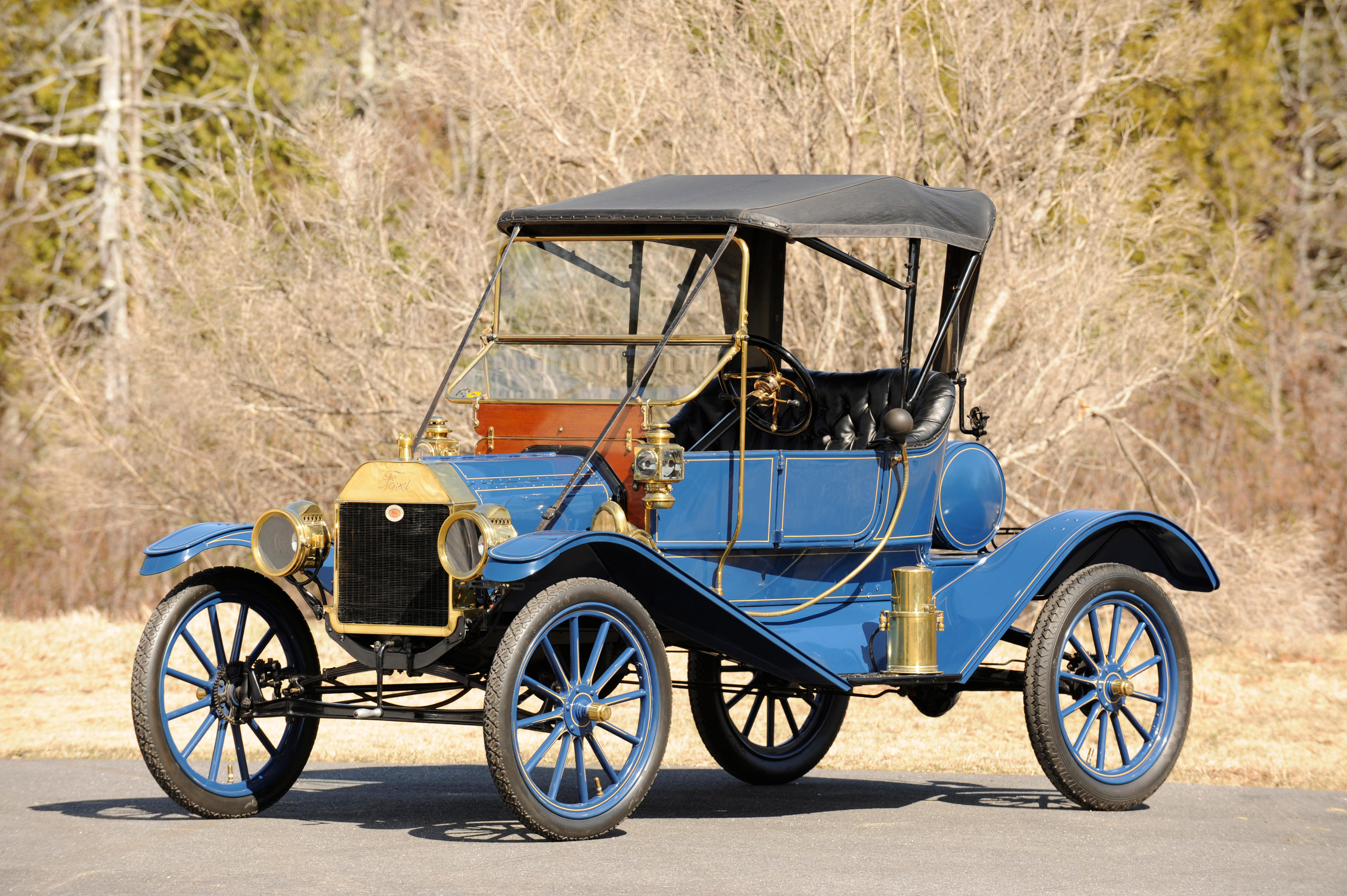


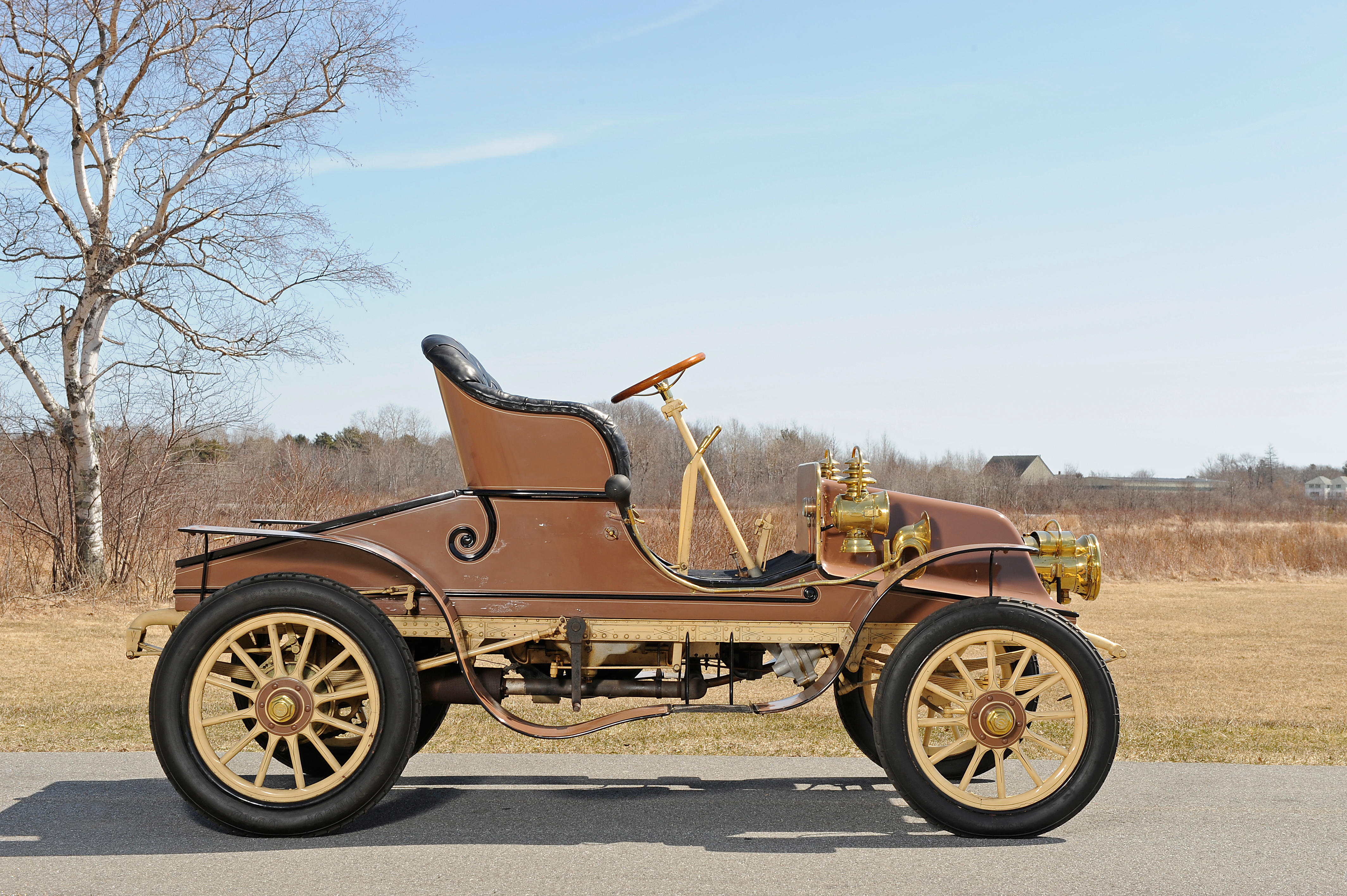
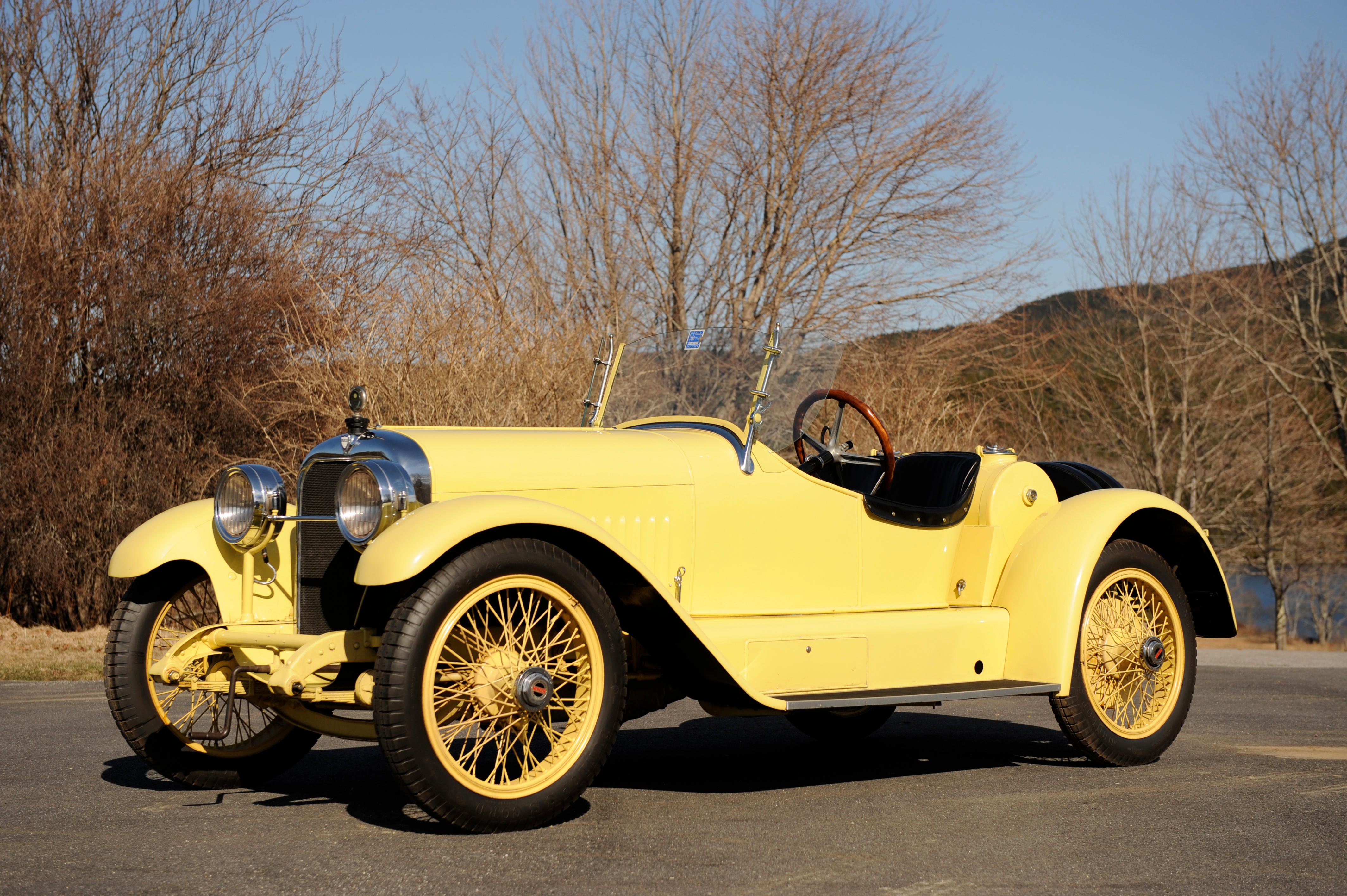
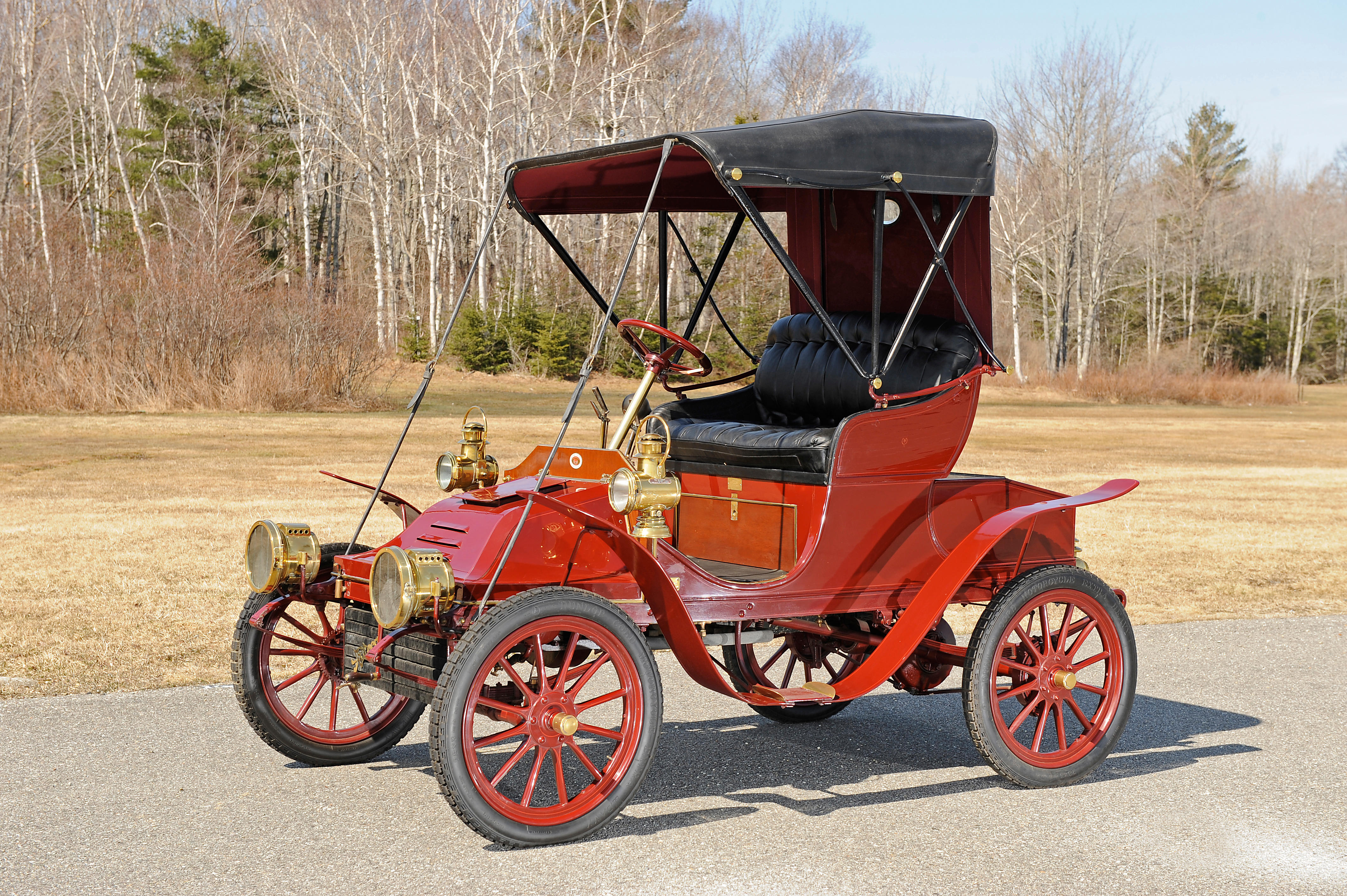
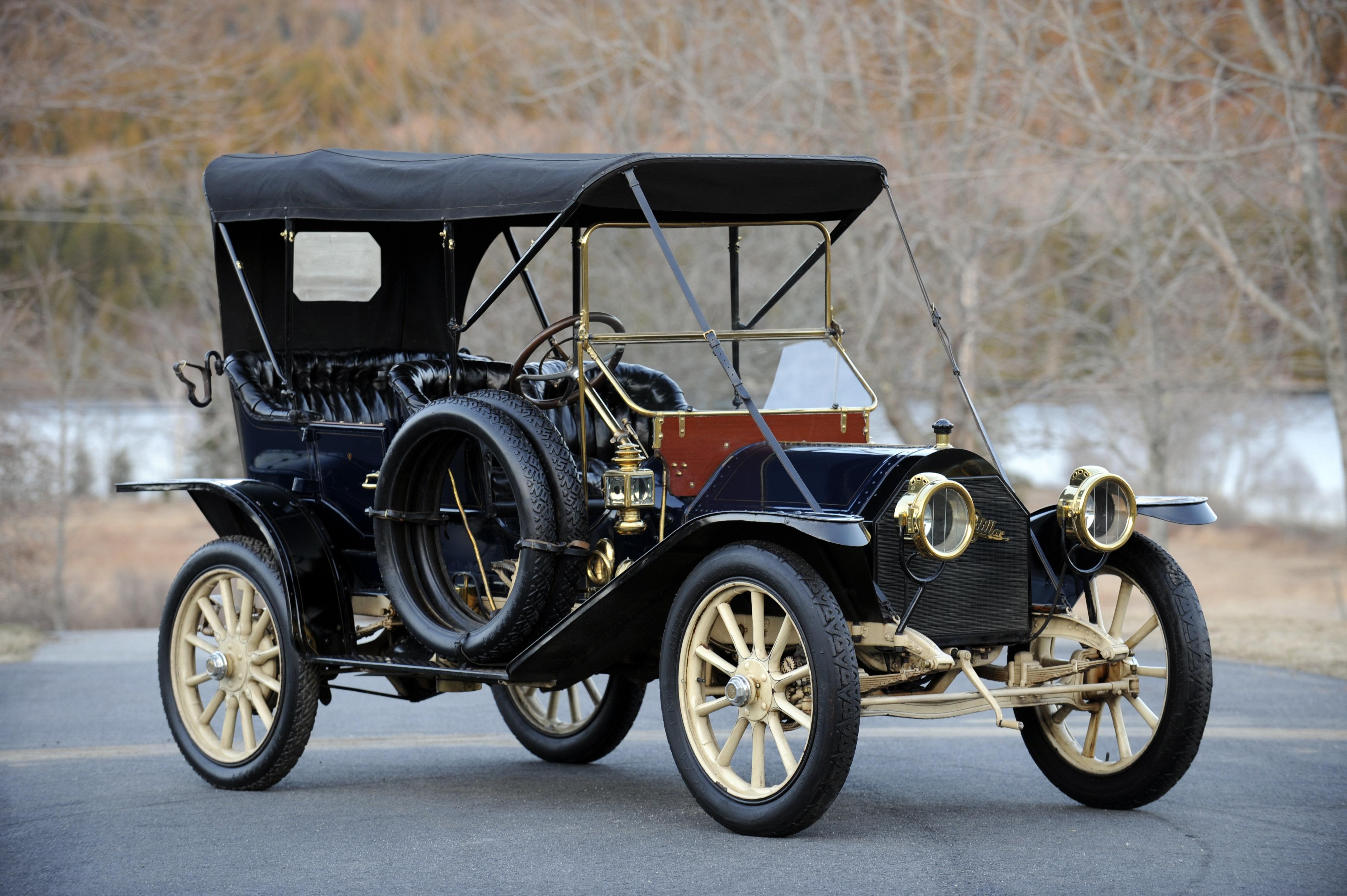
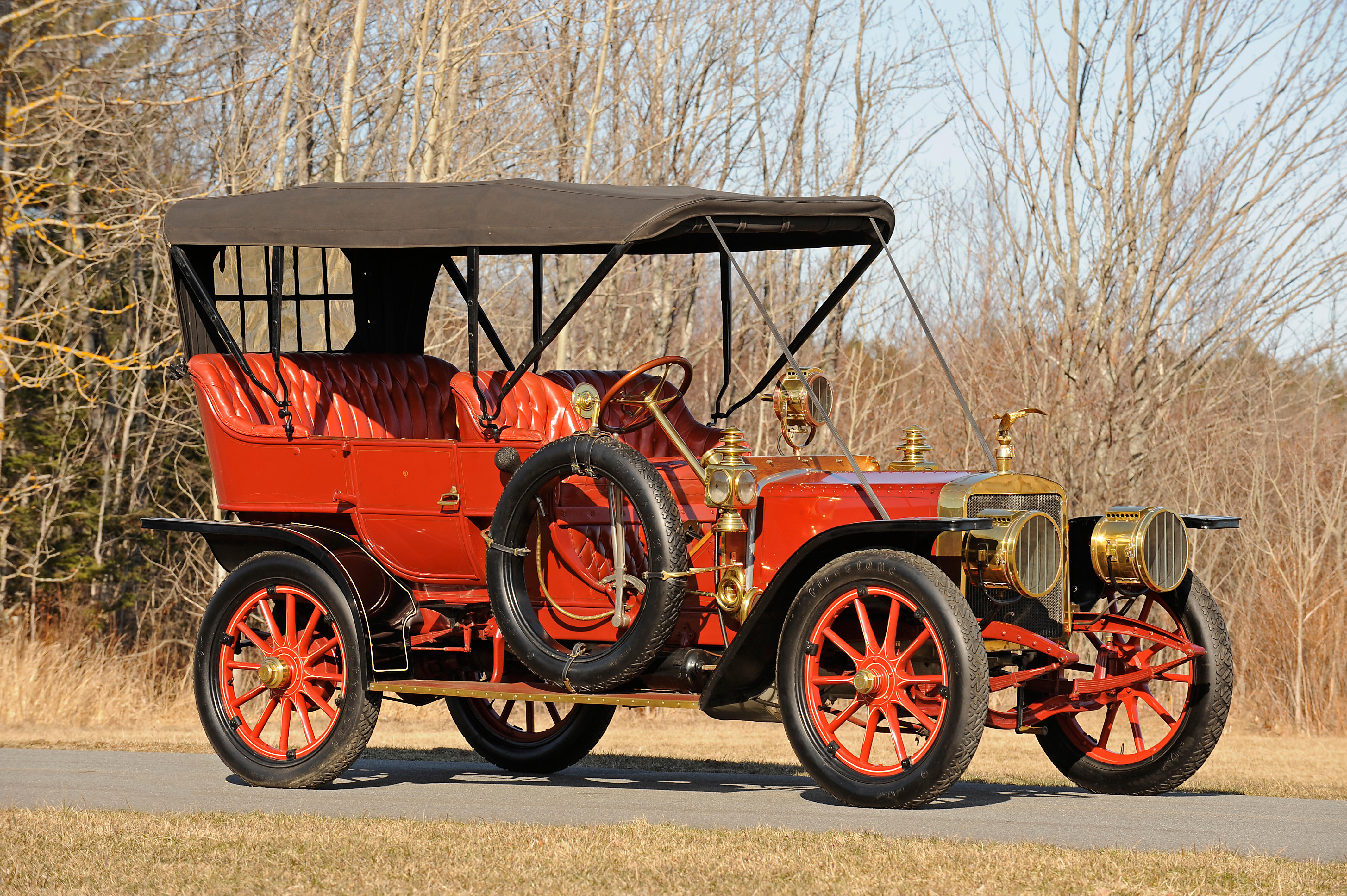
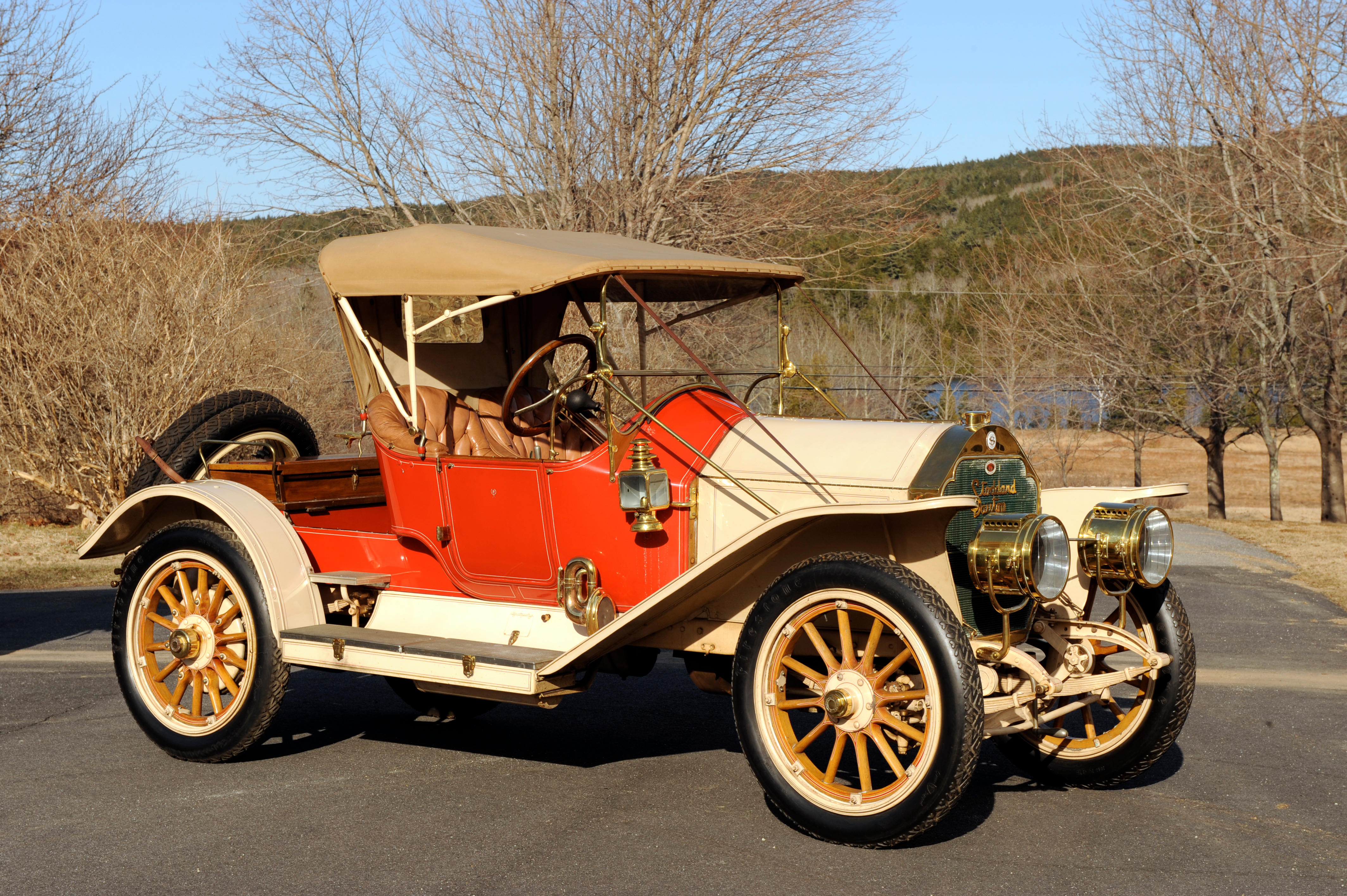
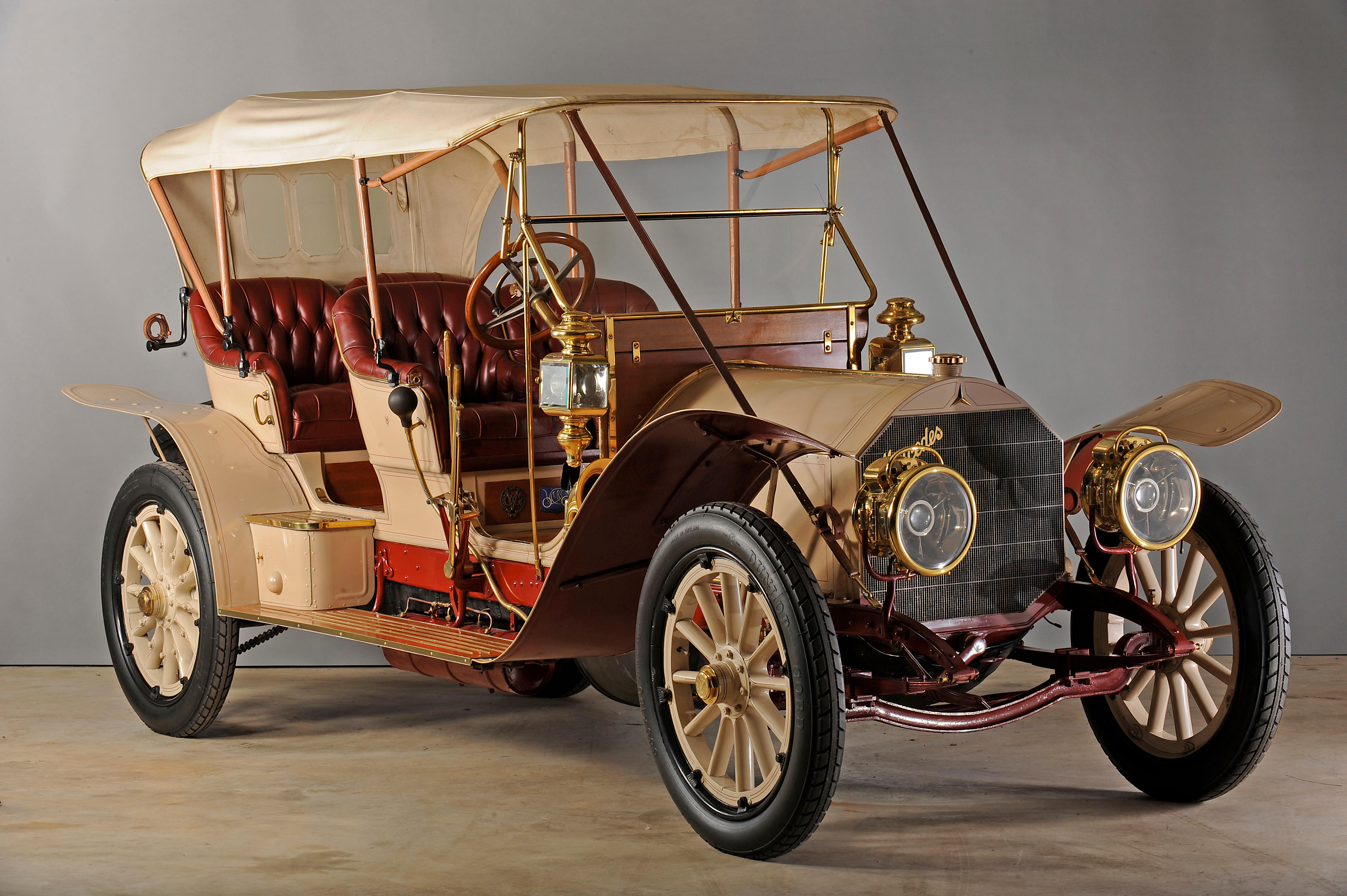
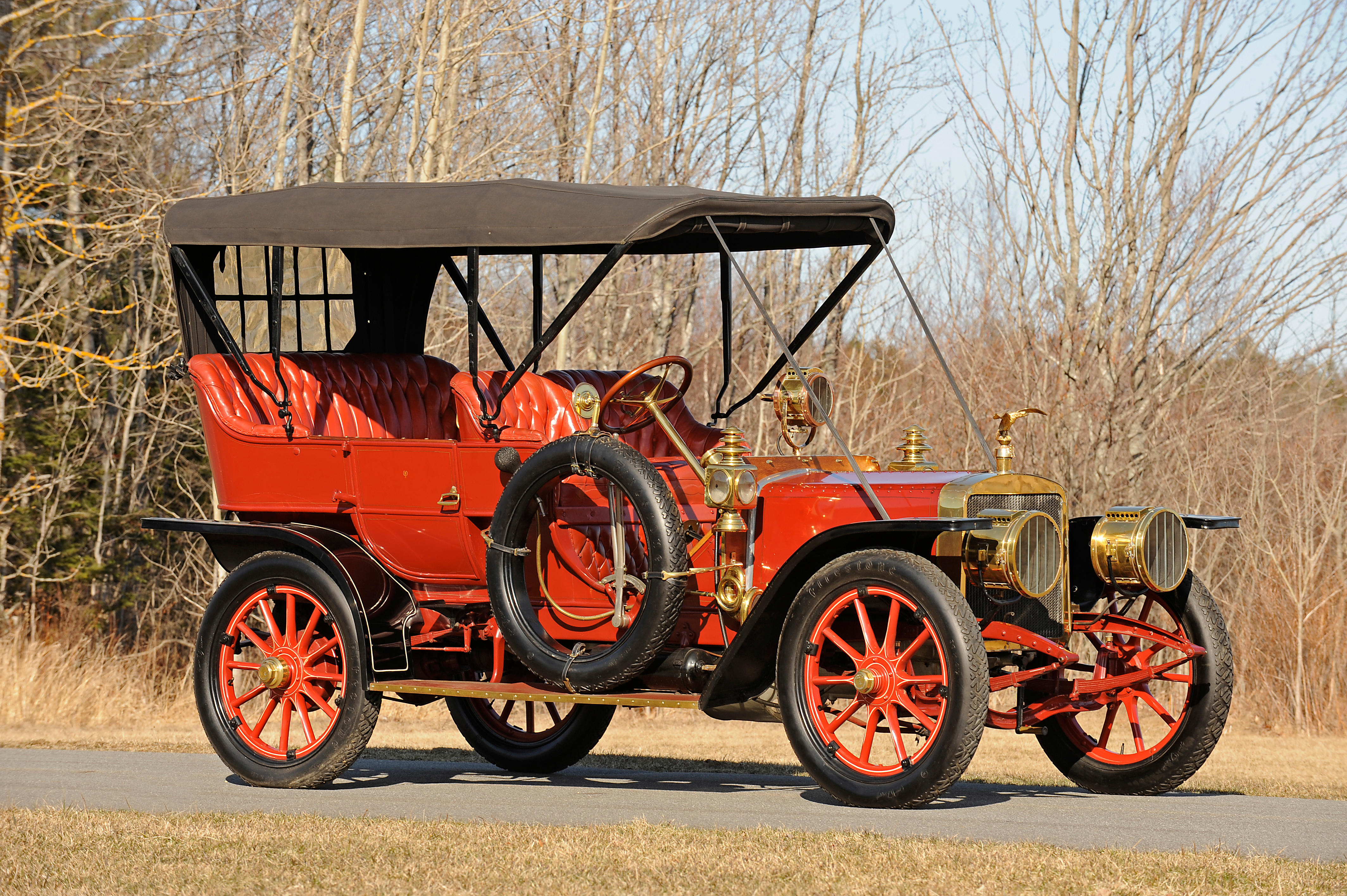
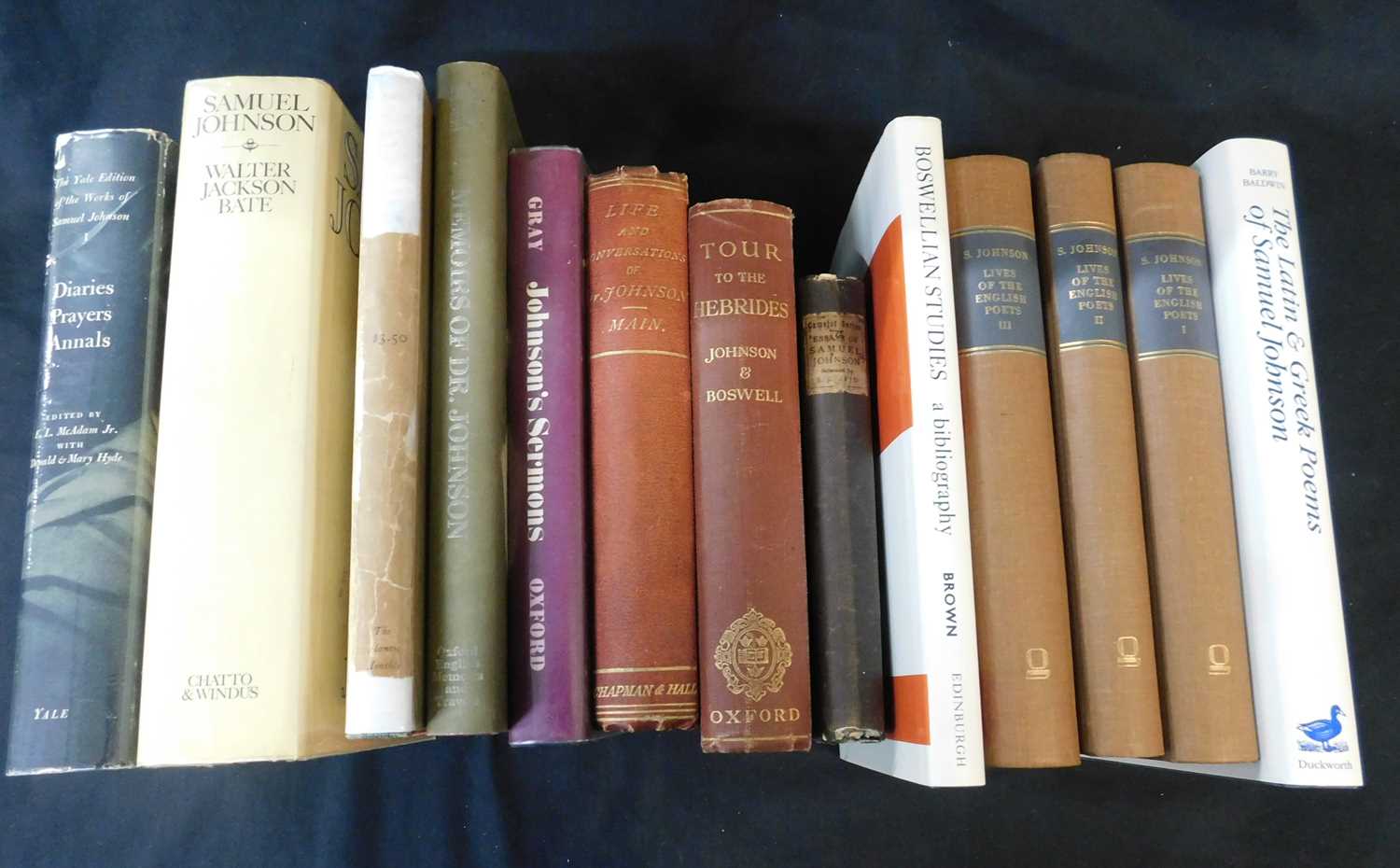



Try LotSearch and its premium features for 7 days - without any costs!
Be notified automatically about new items in upcoming auctions.
Create an alert